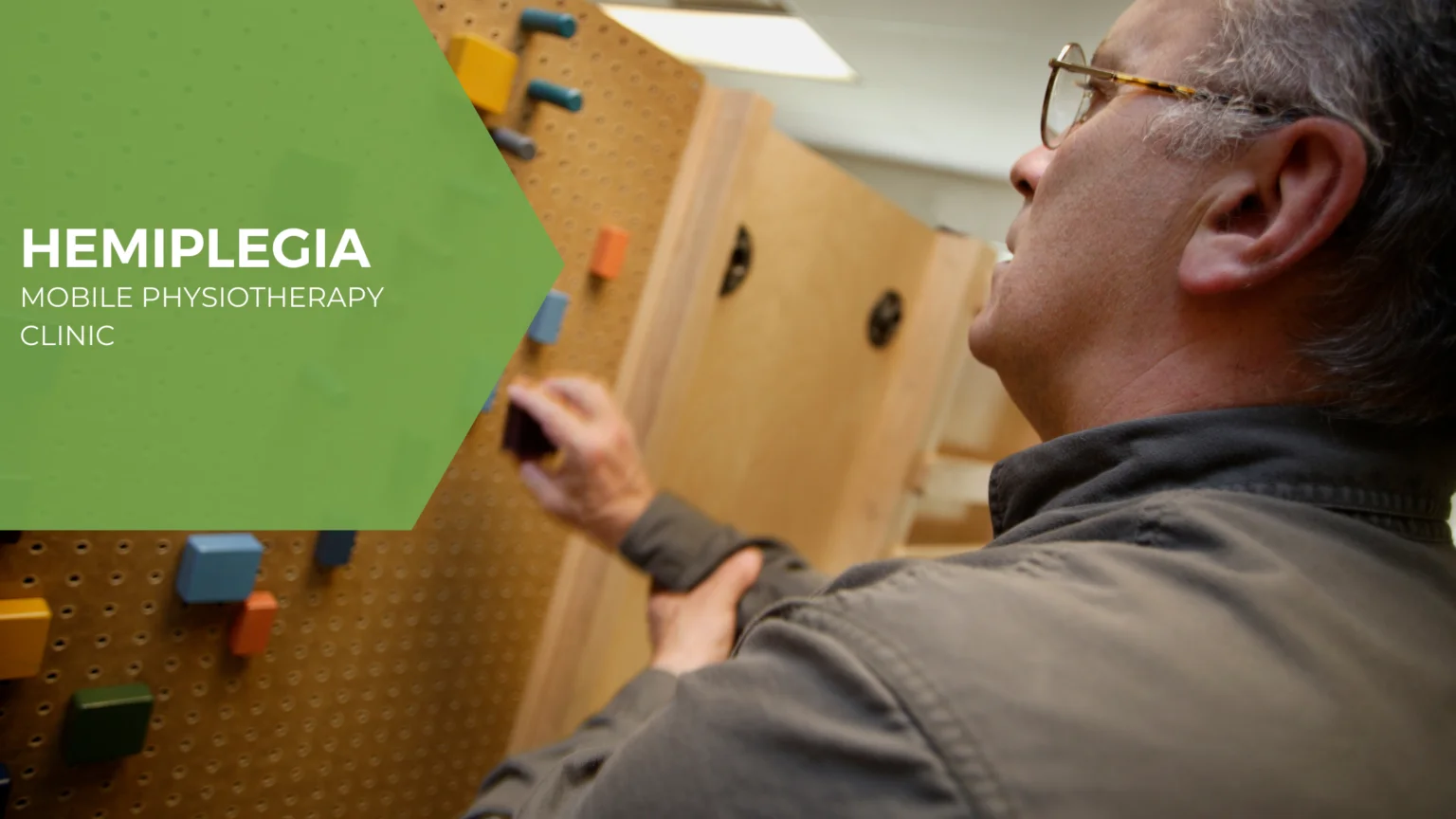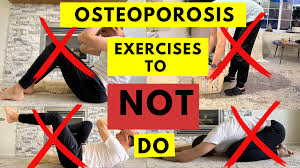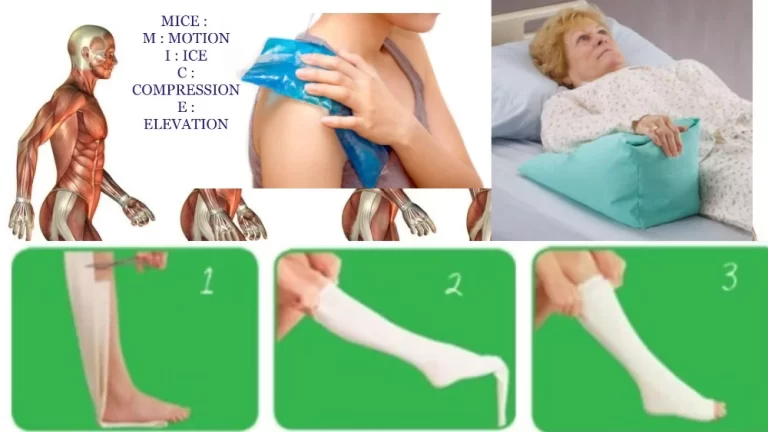Hemiplegia : Cause, Symptoms, Diagnosis, Physiotherapy Treatment
Hemiplegia is a condition that causes half of the body to be paralyzed (or unable to move). It may also be referred to as hemiparesis and is a form of cerebral palsy. It’s caused by damage to one half of the brain; specifically, when that damage affects the parts of the brain responsible for motor movements. The half of the body affected depends on which half of the brain has been damaged.
There are two types of hemiplegia. Congenital hemiplegia is present from birth or happens shortly after. Acquired hemiplegia results from brain damage that occurs later in life, either due to illness or injury. The way the brain is set up, damage to the left hemisphere usually results in right hemiplegia, and damage to the right hemisphere results in left hemiplegia.
Different forms of paralysis are named for the areas of the body and how much of the body they impact. Paraplegia only impacts the lower half of the body. Other forms of paralysis include:
- Monoplegia: This type impacts only one limb.
- Paraplegia: This type partially impacts both legs.
- Diplegia: This type impacts either both arms or both legs.
- Hemiplegia:This type impacts one side of the body. For example, your left arm and left leg.
- Quadriplegia: This type impacts both arms and both legs. Quadriplegia is sometimes referred to as tetraplegia.
Table of Contents
Types of Hemiplegia
There are different types of Hemiplegia like:
- Facial hemiplegia is characterized by paralysis of one particular side of the face.
- Cerebral hemiplegia occurs when a brain lesion disrupts the flow of blood to the brain.
- Spastic hemiplegia is characterized by paralysis along with spastic movements of the affected side.
- Spinal hemiplegia is caused by lesions that have formed on the spine.
Symptoms of Hemiplegia
Hemiplegia can affect either the left or right side of your body. Whichever side of your brain is affected causes symptoms on the opposite side of your body.
People can have different symptoms from hemiplegia depending on its severity. Symptoms can include:
- muscle weakness or stiffness on one side
- muscle spasticity or permanently contracted muscle
- poor fine motor skills
- trouble walking
- poor balance
- trouble grabbing objects
Children with hemiplegia may also take longer to reach developmental milestones than their peers. They may also use only one hand when playing or keep one hand in a fist.
If hemiplegia is caused by a brain injury, the brain damage can cause symptoms that aren’t specific to hemiplegia, such as:
- memory problems
- trouble concentrating
- speech issues
- behavior changes
- seizures
Causes of Hemiplegia
Stroke: Strokes are one of the most common causes of hemiparesis. The severity of muscle weakness that you experience can depend on the size and location of a stroke. Strokes in the womb are the most common cause of hemiplegia in children.
Brain infections: A brain infection can cause permanent damage to the cortex of the brain. Most infections are caused by bacteria, but some infections may also be viral or fungal.
Brain trauma: A sudden impact to your head can cause permanent brain damage. If the trauma only affects one side of your brain, hemiplegia can develop. Common causes of trauma include car collisions, sports injury, and assaults.
Genetics: An extremely rare mutation of the ATP1A3 gene can cause a condition known as alternating hemiplegia in children. It causes temporary hemiplegia symptoms that come and go. This disorder affects about 1 in 1 million people.
Brain tumors: Brain tumors can lead to a variety of physical problems including hemiplegia. Symptoms of hemiplegia may get worse as the tumor grows.
Risk Factors of Hemiplegia
Many factors can increase the risk of stroke in hemiplegia. Potentially treatable stroke risk factors include:
Lifestyle risk factors
- Being overweight or obese
- Physical inactivity
- Heavy or binge drinking
- Use of illegal drugs such as cocaine and methamphetamine
Medical risk factors
- High blood pressure
- Cigarette smoking or secondhand smoke exposure
- High cholesterol
- Diabetes
- Obstructive sleep apnea
- Cardiovascular disease, including heart failure, heart defects, heart infection or irregular heart rhythm, such as atrial fibrillation
- Personal or family history of stroke, heart attack or transient ischemic attack
- COVID-19 infection
Other factors associated with a higher risk of stroke include:
- Age: People age 55 or older have a higher risk of stroke than do younger people.
- Race or ethnicity: African Americans and Hispanics have a higher risk of stroke than do people of other races or ethnicities.
- Sex: Men have a higher risk of stroke than do women. Women are usually older when they have strokes, and they’re more likely to die of strokes than are men.
- Hormones: Use of birth control pills or hormone therapies that include estrogen increases risk.
Preventions of Hemiplegia
There are limited measures that could be adopted for prevention of hemiplegia. Hemiplegia due to cerebral palsy is non-progressive and does not deteriorate with time. However other causes such as alternating hemiplegia may have serious consequences due to repeated attacks. A few tips for preventing these recurring attacks include the following:
- All recurrent attacks of alternating hemiplegia have specific triggers, such as exposure to high and low temperature, mental stress, physical fatigue, and respiratory tract infections. Identifying these triggers and avoiding them can go a long way in preventing the long term sequelae of these attacks.
- It has been found that flunarizine, a calcium channel blocker, can prevent the occurrence of recurrent attacks of alternating hemiplegia.
Effects of Hemiplegia on the body
It is difficult to generalize the effects as hemiplegia affects each child differently. The most obvious result is a varying degree of weakness, stiffness (spasticity) and lack of control in the affected side of the body, rather like the effects of a stroke.
In one child this may be very obvious (he or she may have little use of one hand, may limp or have poor balance); in another child it will be so slight that it only shows when attempting specific physical activities.
A stroke can sometimes cause temporary or permanent disabilities, depending on how long the brain lacks blood flow and which part is affected. Complications may include:
- Paralysis or loss of muscle movement: You may become paralyzed on one side of the body, or lose control of certain muscles, such as those on one side of the face or one arm.
- Difficulty talking or swallowing: A stroke might affect control of the muscles in the mouth and throat, making it difficult for you to talk clearly, swallow or eat. You also may have difficulty with language, including speaking or understanding speech, reading, or writing.
- Memory loss or thinking difficulties: Many people who have had strokes experience some memory loss. Others may have difficulty thinking, reasoning, making judgments and understanding concepts.
- Emotional problems: People who have had strokes may have more difficulty controlling their emotions, or they may develop depression.
- Pain: Pain, numbness or other unusual sensations may occur in the parts of the body affected by stroke. For example, if a stroke causes you to lose feeling in the left arm, you may develop an uncomfortable tingling sensation in that arm.
- Changes in behavior and self-care ability: People who have had strokes may become more withdrawn. They may need help with grooming and daily chores.
Diagnosis of Hemiplegia
Diagnosis of hemiplegia involves a physical exam by your doctor. During the exam, your doctor will test your reflexes and muscle strength.
In addition, your doctor may order the following imaging tests and diagnostic procedures:
- X-ray: To check for any fracture in the bone which might be clotting or might be interrupting proper blood flow by blocking the nerves.
- Computed tomography (CT scan):To analyze and for getting a better understanding of the severity of the problem which might have caused Hemiplegia.
- Magnetic resonance imaging (MRI): To test for any blood clotting or mass formation that may compress the nerves or nervous system.
- Myelography: To using myelogram and radiologist performs it. It uses a contrast dye and X-rays or computed tomography (CT) to look for problems in the spinal canal. Problems can develop in the spinal cord, nerve roots, and other tissues. This test is myelography.
- Electromyography (EMG): To check the response of the body by stimulating the muscles of the affected area.
- Complete blood count (CBC): A complete blood count, also known as a full blood count, is a set of medical laboratory tests that provide information about the cells in a person’s blood. The CBC indicates the counts of white blood cells, red blood cells and platelets, the concentration of hemoglobin, and the hematocrit.
Weakness or loss of function in your limbs always requires immediate attention. If you experience muscle weakness or paralysis, seek medical attention right away.
Treatment of Hemiplegia
Treatment options for hemiplegia depend on the cause of the hemiplegia and the severity of symptoms. People with hemiplegia often undergo multidisciplinary rehab involving physical therapists, rehabilitation therapists, and mental health professionals.
Physiotherapy
Working with a physiotherapist allows people with hemiplegia to develop their balance ability, build strength, and coordinate movement. A physiotherapist can also help stretch out tight and spastic muscles.
Modified constraint-induced movement therapy (mCIMT)
Modified constraint-induced movement therapy involves restraining the side of your body unaffected by hemiplegia. This treatment option forces your weaker side to compensate and aims to improve your muscle control and mobility.
One small study published in 2018 concluded that including mCIMT in stroke rehabilitation may be more effective than traditional therapies alone.
Assistive devices
Some physical therapists may recommend the use of a brace, cane, wheelchair, or walker. Using an assistive device may help improve muscular control and mobility.
It’s a good idea to consult a healthcare professional to find which device is best for you. They may also recommend modifications you can make to your home such as raised toilet seats, ramps, and grab bars.
Mental imagery
Imagining moving the paralyzed half of your body may help activate the parts of the brain responsible for movement. Mental imagery is paired with other therapies and is rarely used by itself.
One meta-analysis looking at the results of 23 studies found that mental imagery may be an effective treatment option for regaining strength when combined with physical therapy.
A medical professional can help stimulate muscular movement by using electrical pads. The electricity allows muscles that you can’t move consciously to contract. Electrical stimulation aims to reduce imbalances in the affected side of the brain and improve brain plasticity.
Physical Therapy treatment for Hemiplegia
Lying on affected side
- One or two pillows for the head.
- Affected shoulder positioned comfortably.
- Place the unaffected leg forward on one or two pillows.
- Place pillows in front or behind to give support.
Lying on unaffected side
- One or two pillows for the head.
- Affected arm forward and supported on pillow(s)
- Affected leg backwards on one or two pillows.
- Place the pillow behind.
Sitting in bed
- Sitting in bed is decidable for short periods only.
- Must be upright and well supported with pillows.
- Giving extra support using pillows under arms or knees.
Lying on back
- Keep three pillows in a ‘triangle’, supporting shoulders and head.
- Keep the affected arm on a pillow.
- Ensure feet are in a neutral position.
Loosen up your neck muscle
- Slowly look over your right shoulder then your left shoulder.
- Touch your right ear to your right shoulder, then your left ear to your left shoulder. (Do not raise your shoulders, bend your neck.)
- Bend your head forward to bring your chin to your chest, then lift your head back to an upright position.
Loosen up the muscles around your shoulder blade
- Sit at the table with your elbows and forearms resting on the table, your elbows bent and your hands out in front of you. Make sure that neither the chair nor table has wheels.
- Without moving your arms on the table, bring your chest toward the table while sitting up straight and tall. Then move your chest away from the table and slouch. Continue this sequence.
- Rest both hands on a towel on the table. Move your hands straight out in front of you, straightening your elbows completely and leaning forward slightly. Bring your hands back in towards your chest and return to sitting up straight. Repeat this sequence. It repeat the same motions, sliding your arms slightly to the right. Repeat the same motions, sliding your arms slightly to the left.
- Rest both hands on a towel on the table. Slide your hands forward until both elbows are straight. Now slowly slide your hands from side to side, going only as far to the side as the width of your shoulders.
Rest both hands on a towel on the table. Make a small circle on the table surface with your hands sliding the towel. Make the circle as wide as your shoulders.








2 Comments